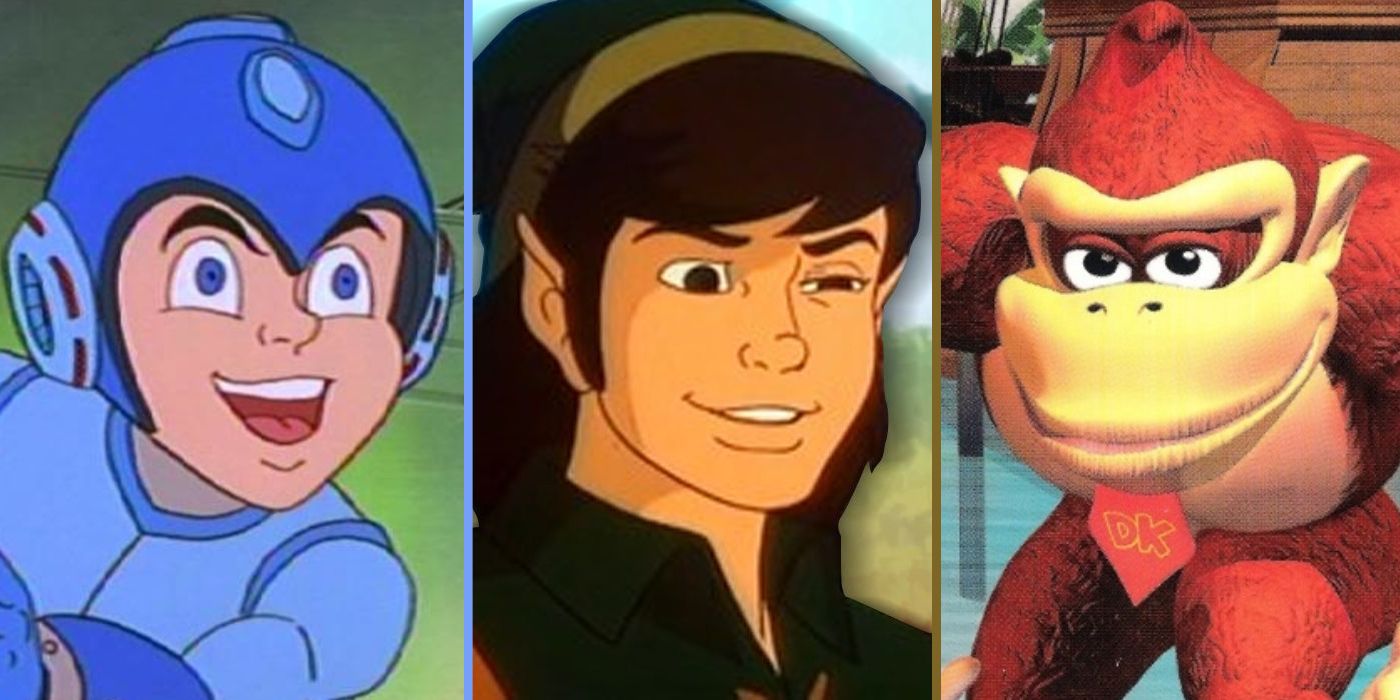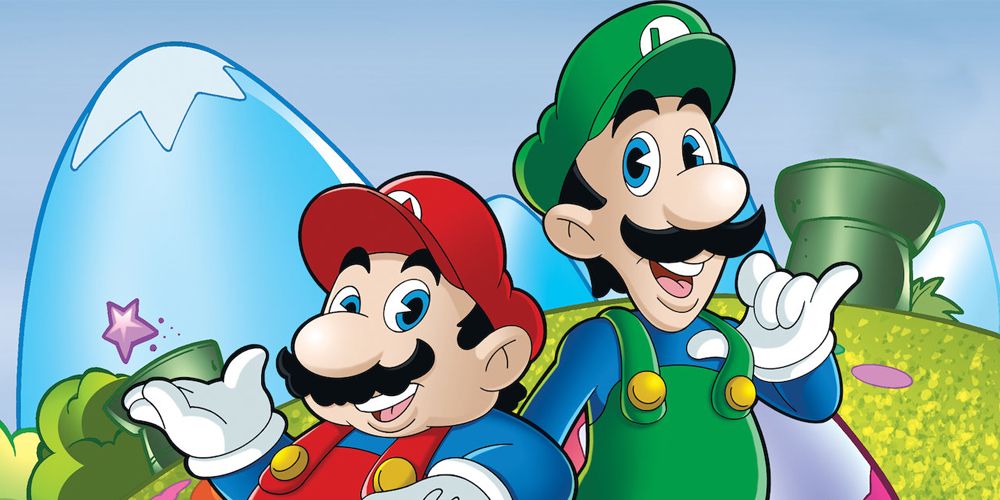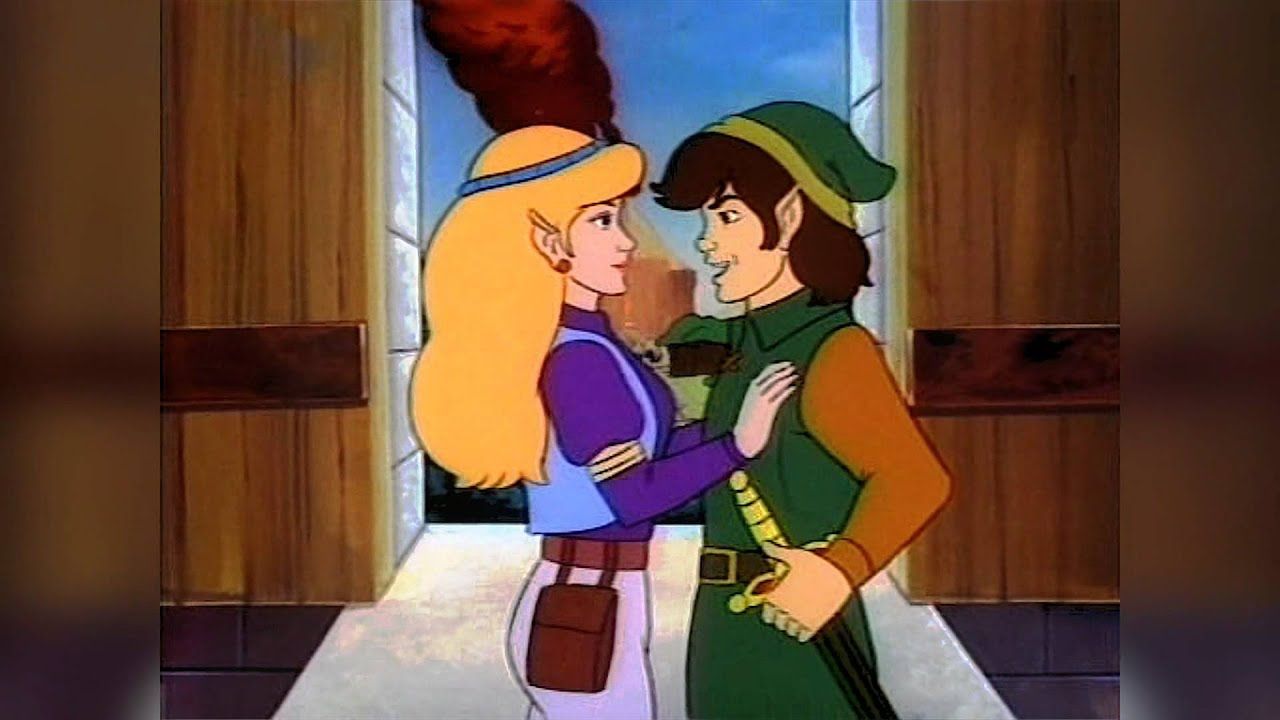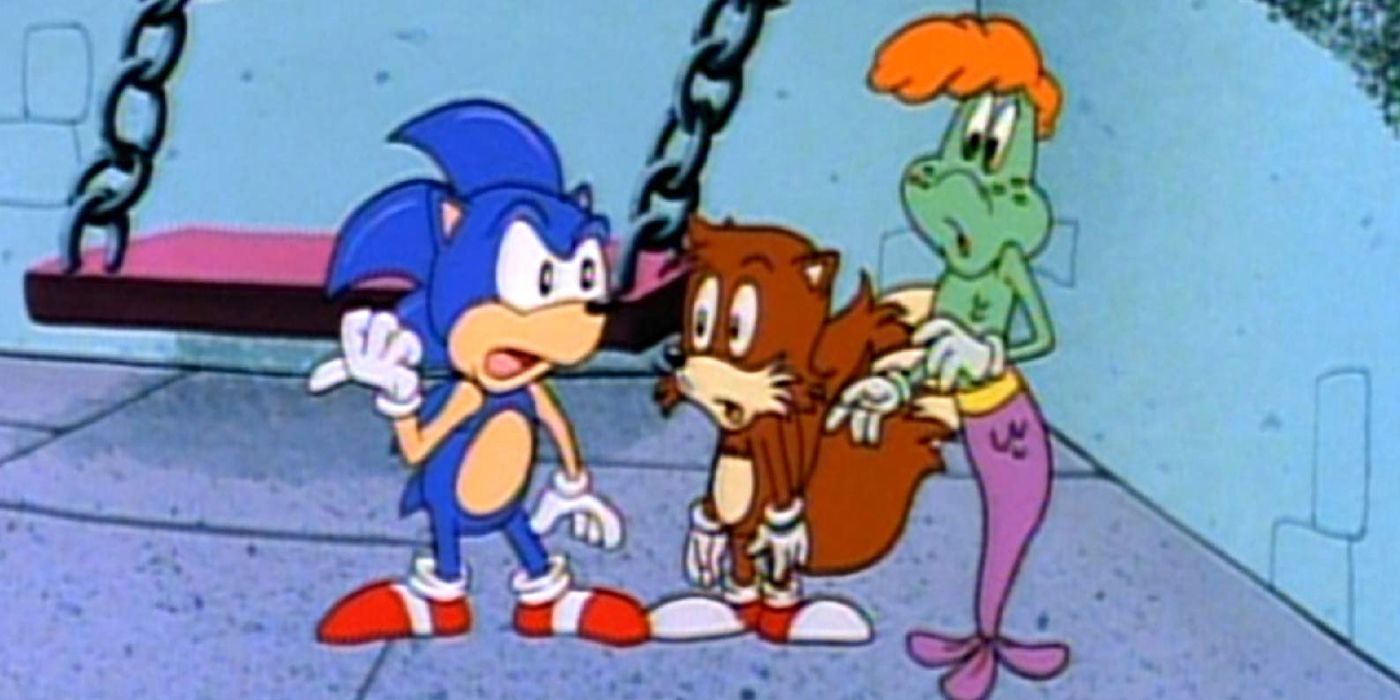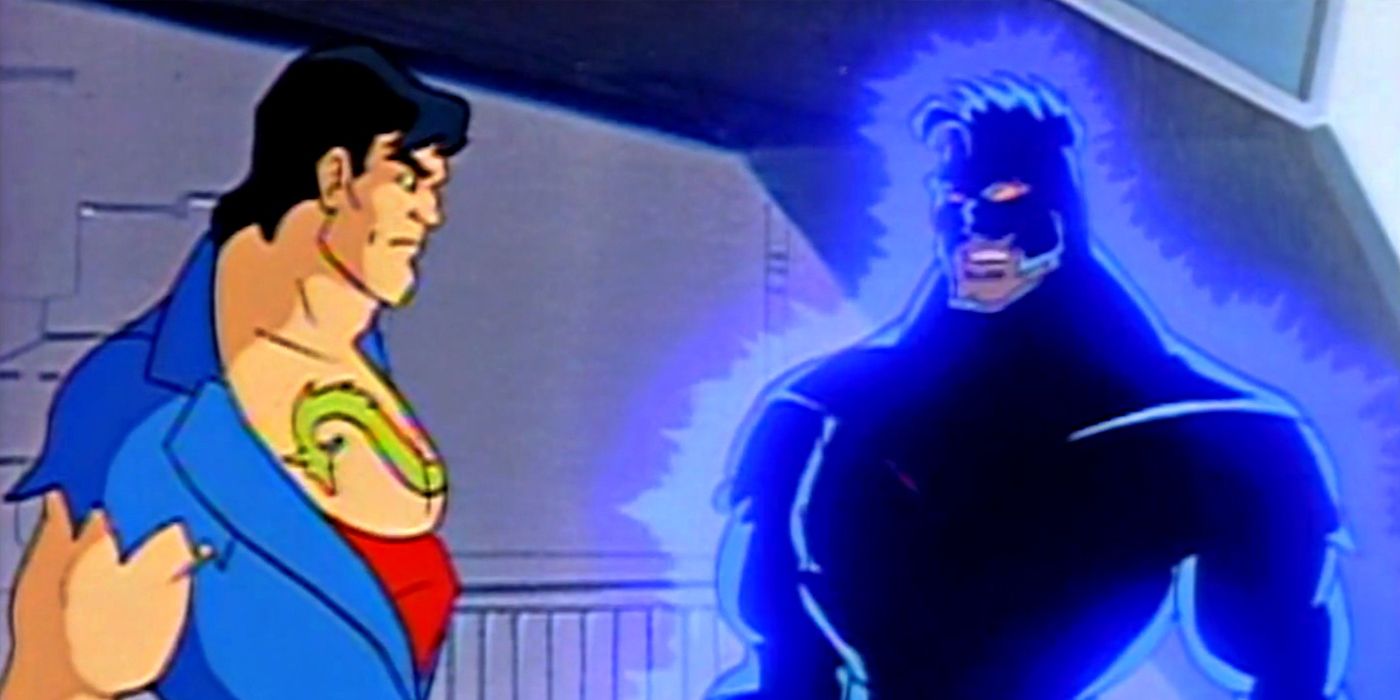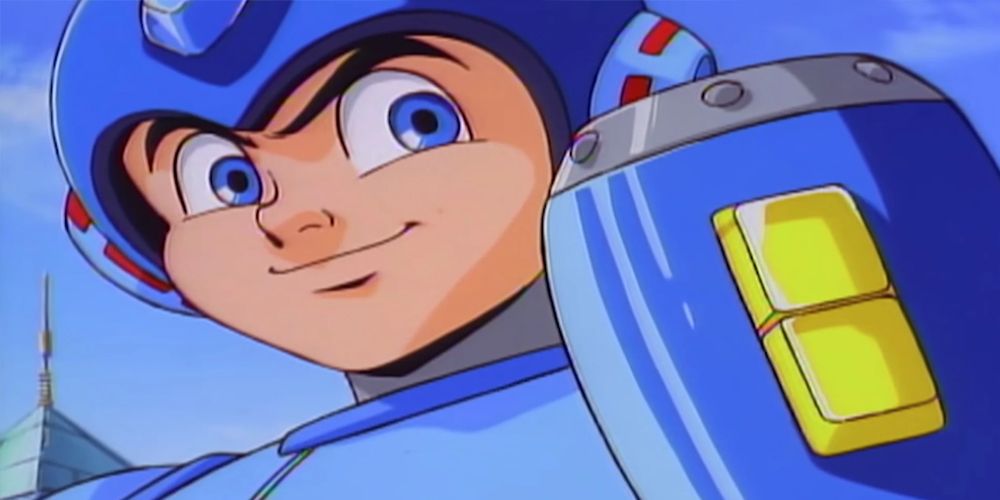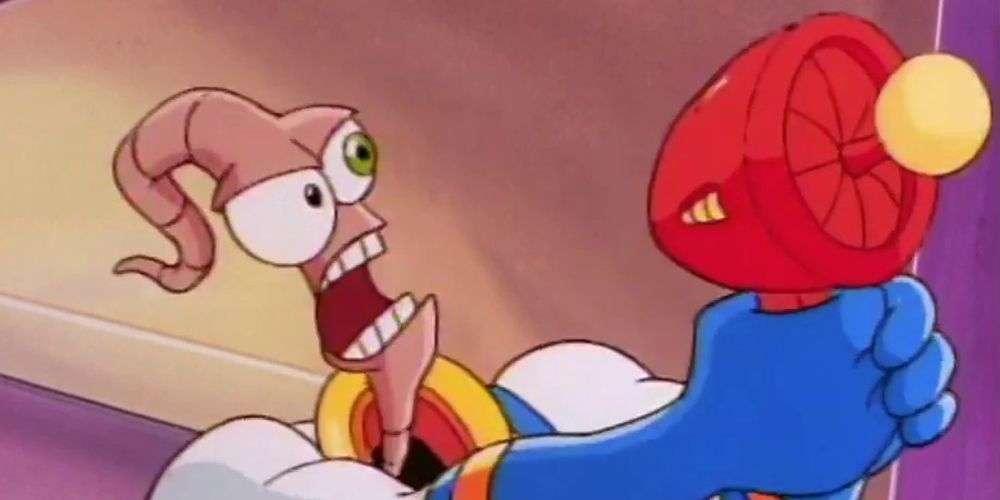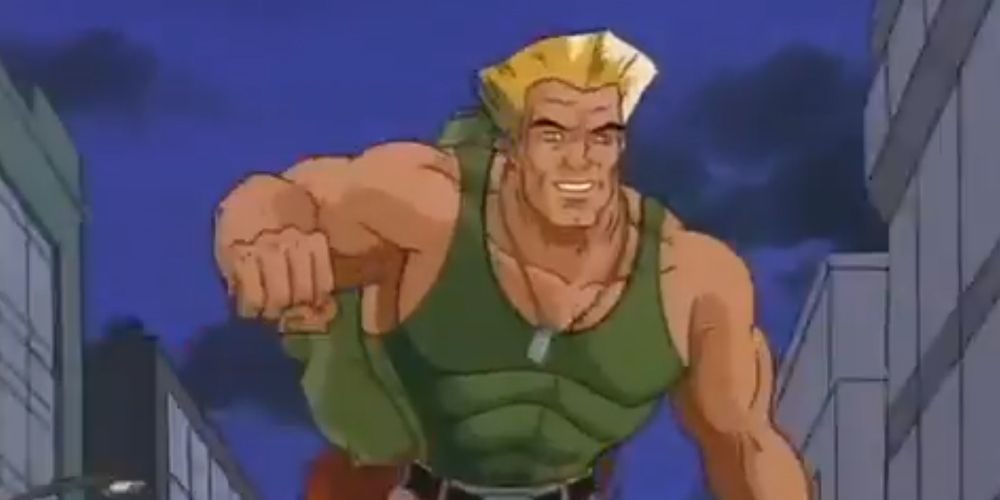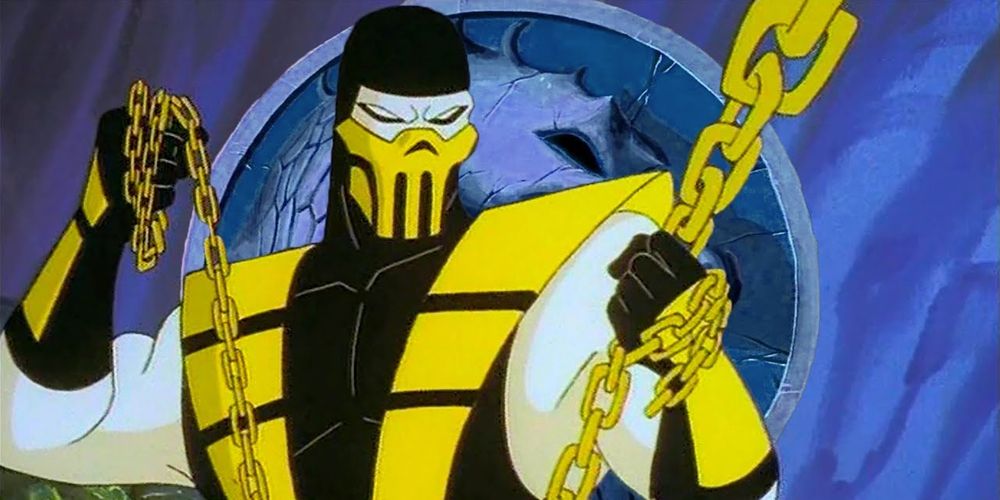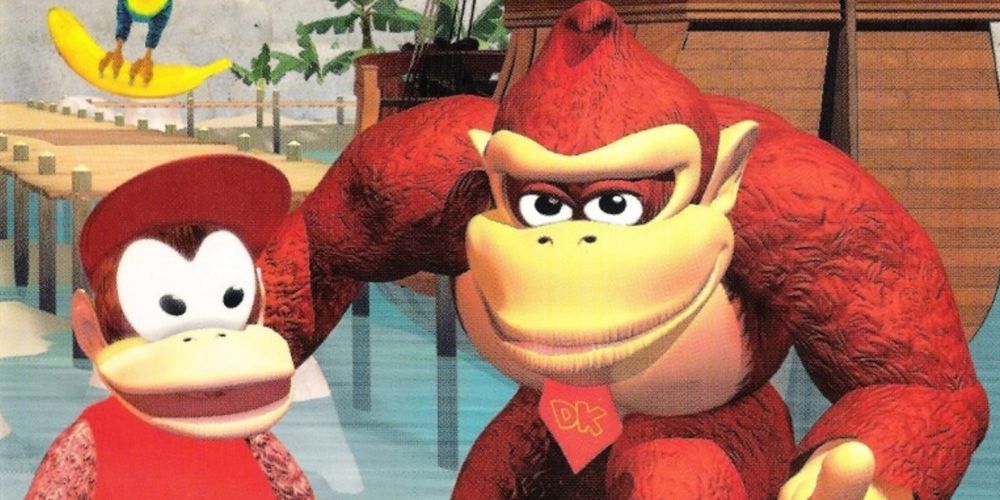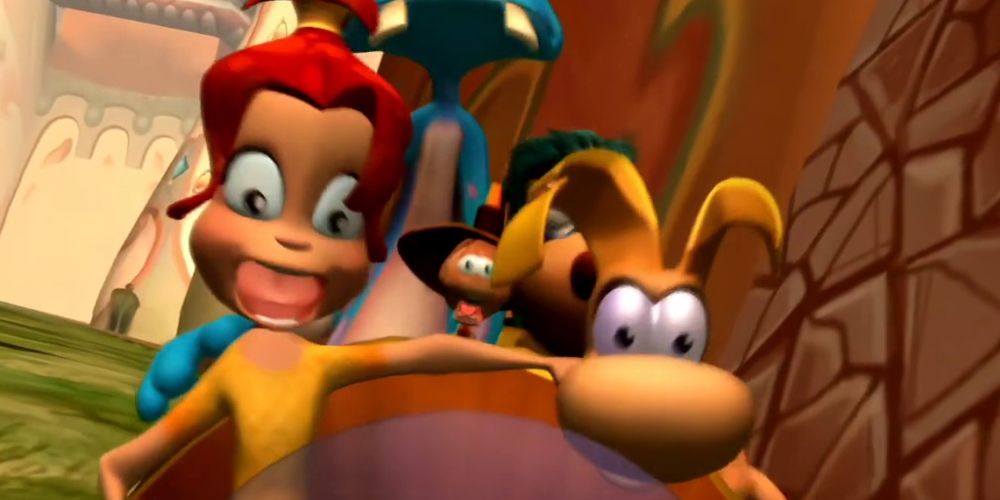In recent years, many video game series have found success through television adaptations. These shows are typically aimed at adults rather than children, however, and this is perhaps one of the reasons they've made such a big impact. They can come in the form of live-action shows like The Witcher or as anime like the hugely popular Castlevania series. There was a time in the not too distant past, however, when children's cartoons were the medium of choice.
Back in the nineties, the video game market in the West was booming, and many publishers and developers sought to capitalize on this success. This led to a legion of children's cartoons, which served as a great way for publishers to market both their games and merchandise. Although the quality of some of these cartoons left a lot to be desired, many gamers will still have fond memories of waking up to watch their favorite video game characters on the small screen.
10 The Super Mario Bros. Super Show! (1989)
There were several Mario cartoons produced during the late 80s and early 90s, but it's The Super Mario Bros. Super Show that really paved the way. The show featured a bizarre mixture of live-action and cartoon segments and some of the wackiest plots imaginable. There were also regular celebrity cameos with the most notable being Magic Johnson, Cyndi Lauper, and "Rowdy" Roddy Piper.
The show aired Monday through Thursday every week, and there were 52 episodes in total. Mario was played by former wrestler Lou Albano in the live-action segments, with his voice also being used for the animated inserts. Despite the big names and the success of the video games, however, the show was universally panned by critics.
9 The Legend Of Zelda (1989)
Monday through Thursdays were Mario days, but, on Fridays, The Super Mario Bros. Super Show! aired The Legend Of Zelda instead. It was based on the original game, although it featured occasional references to the sequel, as well. There were 13 episodes in total, but the show was not picked up for a second season. This was likely due to its poor critical reception.
The Legend Of Zelda is perhaps best remembered for Link's catchphrase, "well, excuse me, Princess!"It was used 29 times across the show's 13 episodes and has gone on to become a source of ridicule in pop culture. Link's voice and attitude in general are incredibly arrogant throughout the show, making his character very unlikeable. It's perhaps for this reason that Nintendo was in no rush to give him a voice in the Zelda games.
8 Adventures Of Sonic The Hedgehog (1993)
Sega's mantra throughout the 90s was that anything Nintendo could do, they could do better. With this in mind, a Sonic the Hedgehog cartoon was always likely to happen. In fact, there have been numerous cartoons based on the blue blur, with some of them even overlapping with each other. Adventures Of Sonic The Hedgehog was the first of these, and it was also the longest-running.
The show aired for three years and featured 66 episodes, as well as a Christmas special. Sonic was voiced by Jaleel White, the same actor who played Steve Urkel on Family Matters, and a number of other seasoned actors were cast in supporting roles. The show received a mixed response from critics, with some criticizing the overuse of chili dog jokes.
7 Double Dragon (1993)
Double Dragon provided a back story for series protagonists Jimmy and Billy Lee. In many ways, it is reminiscent of The Karate Kid movies and Cobra Kai. Billy is trained by a noble martial artist while Jimmy is trained by an evil sociopath. After his master betrays him, however, Jimmy denounces his evil ways and teams up with his brother.
The show ran for two seasons and spawned the tie-in game Double Dragon V: The Shadow Falls. Unfortunately, neither the show nor the game made much of an impression, with critics and it was canceled in 1994. There was also an accompanying range of action figures and vehicles although, like the show, these weren't great.
6 Mega Man (1994)
The Mega Man cartoon was well received by critics thanks to its great animation and fantastic voice acting. Ian James Corlett provided the voice of Mega Man and would later go on to voice Goku in the Saban dub of Dragon Ball Z. As one might expect, many of the robot masters found in the earlier Mega Man games featured throughout the show's run and Dr. Wily reprised his role as the main antagonist.
The show performed fairly well in the Nielsen ratings, and, at one point, it was even the highest-rated syndicated children's show in America. There were 27 episodes in total, but a planned third season was ultimately canceled as a result of budget constraints.
5 Earthworm Jim (1995)
The Earthworm Jim cartoon featured a star-studded cast of voice actors. These included the people behind some of the biggest animated characters of the era including Homer Simpson, Johnny Bravo, and Winnie the Pooh to name but a few. Earthworm Jim's creator Doug TenNapel was also involved with the project, which likely contributed to the show's generally positive reception from critics and viewers.
The show drew much of its inspiration from the first two Earthworm Jim games, but it also included numerous original ideas. Some of the show's concepts and characters would even go on to be used within the games, with Evil Jim serving as the main antagonist in Earthworm Jim: Menace 2 the Galaxy. In total there were 27 episodes of the show, with the last one airing in December of 96.
4 Street Fighter: The Animated Series (1995)
Hot on the heels of 1994's live-action movie, Street Fighter: The Animated Series arrived on the USA Network in October 95. Unfortunately for Capcom, reviews for the series were just as damning as those for the movie. Critics panned nearly every aspect of the show, with the animation in particular drawing plenty of criticism.
Despite the show's poor critical response, it ran for two seasons before its cancellation in 1997. The plot mainly followed the events of the fantastic Street Fighter 2 with the complete cast of the game appearing in some form throughout the show's 26 episodes. It was part of the "Action Extreme Team" programming block and featured a number of crossover episodes with other cartoons from this block.
3 Mortal Kombat: Defenders Of The Realm (1996)
Mortal Kombat: Defenders of the Realm only ran for one season thanks in large to its poor critical reception. Although many of the game's characters appeared throughout the show, too often it felt more like a cheap knock-off than a licensed adaptation. The show had many problems, but by far the biggest was its complete lack of violence.
The series' trademark gore was replaced with watered-down combat scenes that were capped off with feel-good life lessons, much to the dismay of fans and critics. One of the only real positives was its stellar voice-cast, which included big names like Ron Pearlman and Luke Perry. Unfortunately, however, their performances didn't do nearly enough to make up for the mediocrity found elsewhere in the production.
2 Donkey Kong Country (1997)
Donkey Kong Country was one of the first animated shows to rely entirely on motion capture technology. Looking back at the animation today, this really shows, but, while it might not be the best-looking cartoon ever made, it was incredibly popular. It ran for three seasons in total and was translated into three different languages.
The show featured many of the series' iconic characters and centered around the Crystal Coconut, a magic coconut that's able to answer any question. Crystal Coconuts would go on to play a part in Donkey Kong 64. Here, however, they featured only as fuel for DK's Kong Barrel ability. Each episode also included two original songs, although the less that is said about these, the better.
1 Rayman: The Animated Series (1999)
Rayman: The Animated Series aired in several European countries but never made it over to America due to its mid-season cancellation. Ubisoft had originally planned to create 26 episodes of the show but ended up pulling the plug after just four.
Although this was the end of the line for Rayman, Ubisoft didn't give up on adapting the franchise entirely. More than a decade after the cancellation of Rayman, they released a cartoon centered around the series' Rabbids. Rabbids Invasion ran for more than 100 episodes and was fairly popular in France. The show is technically still active, although at the moment it's unclear if a fifth season will ever arrive.

